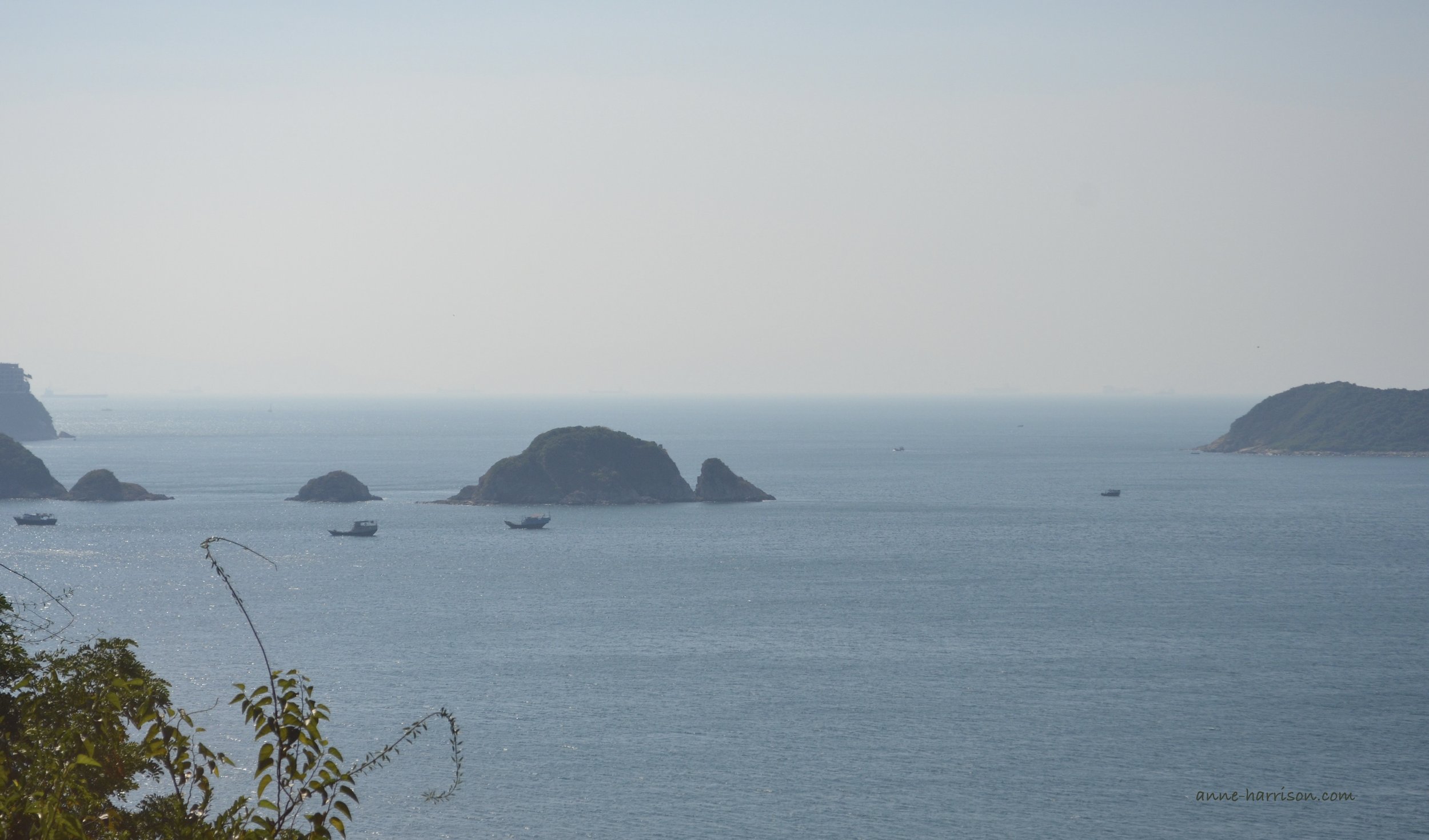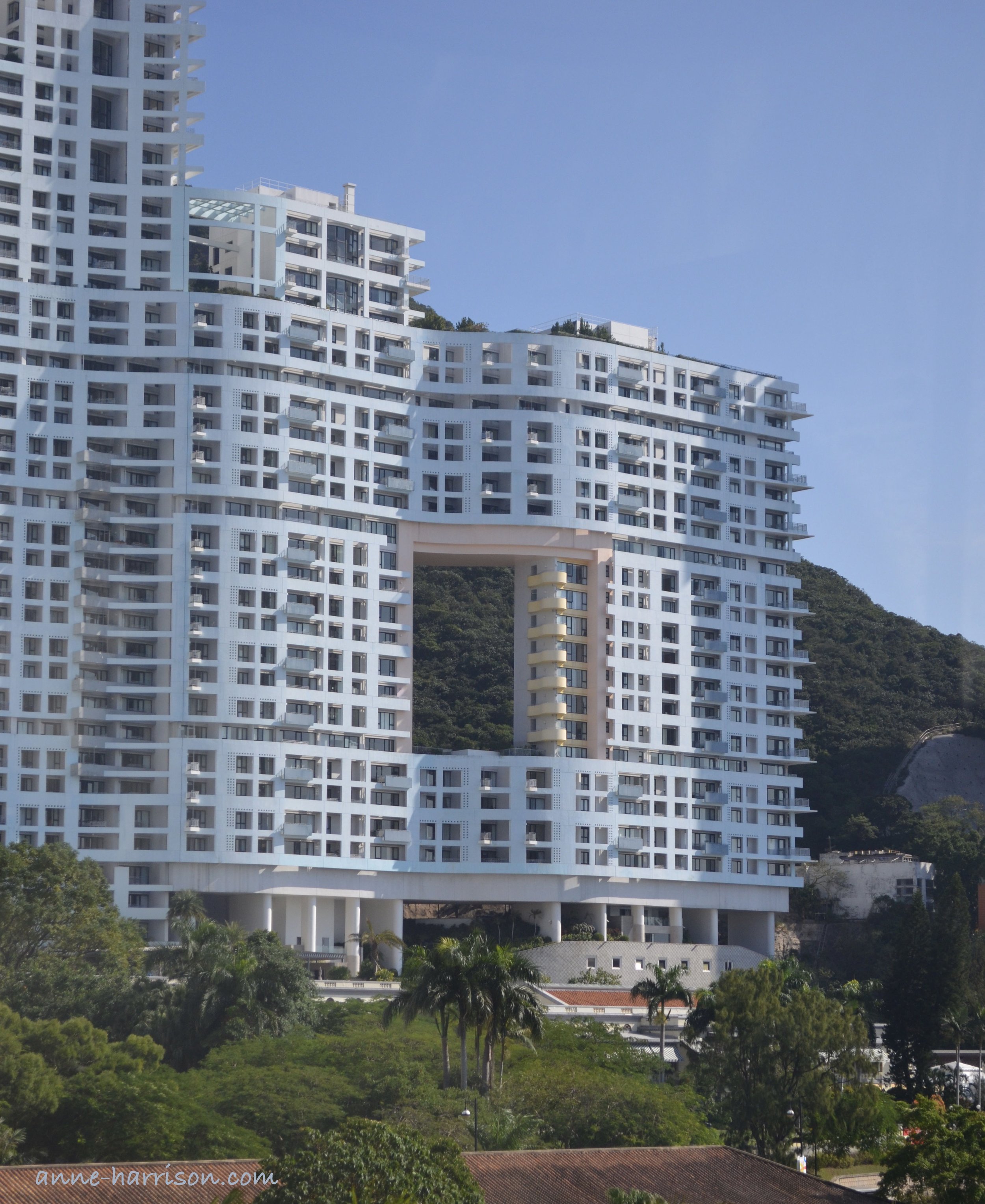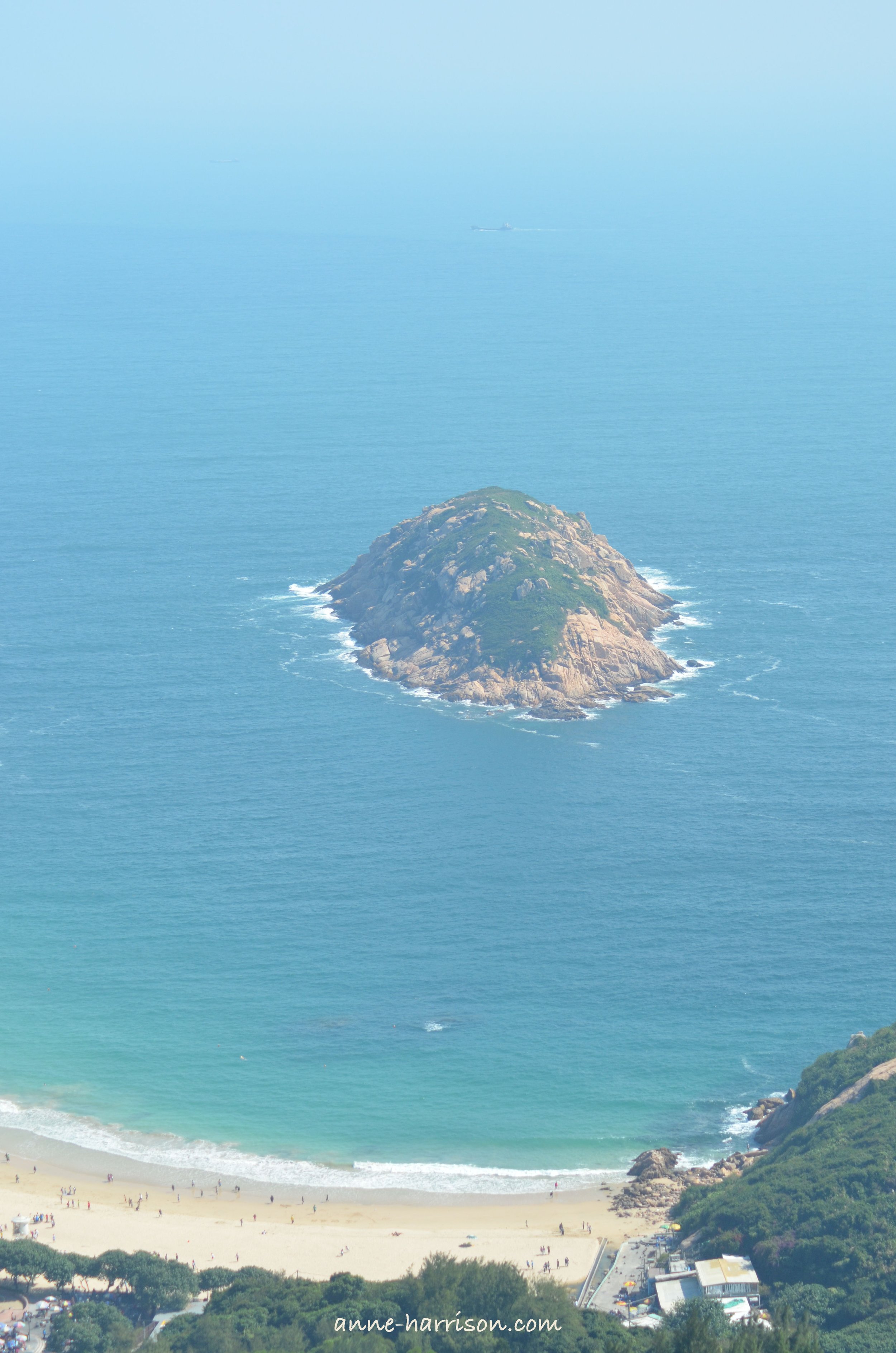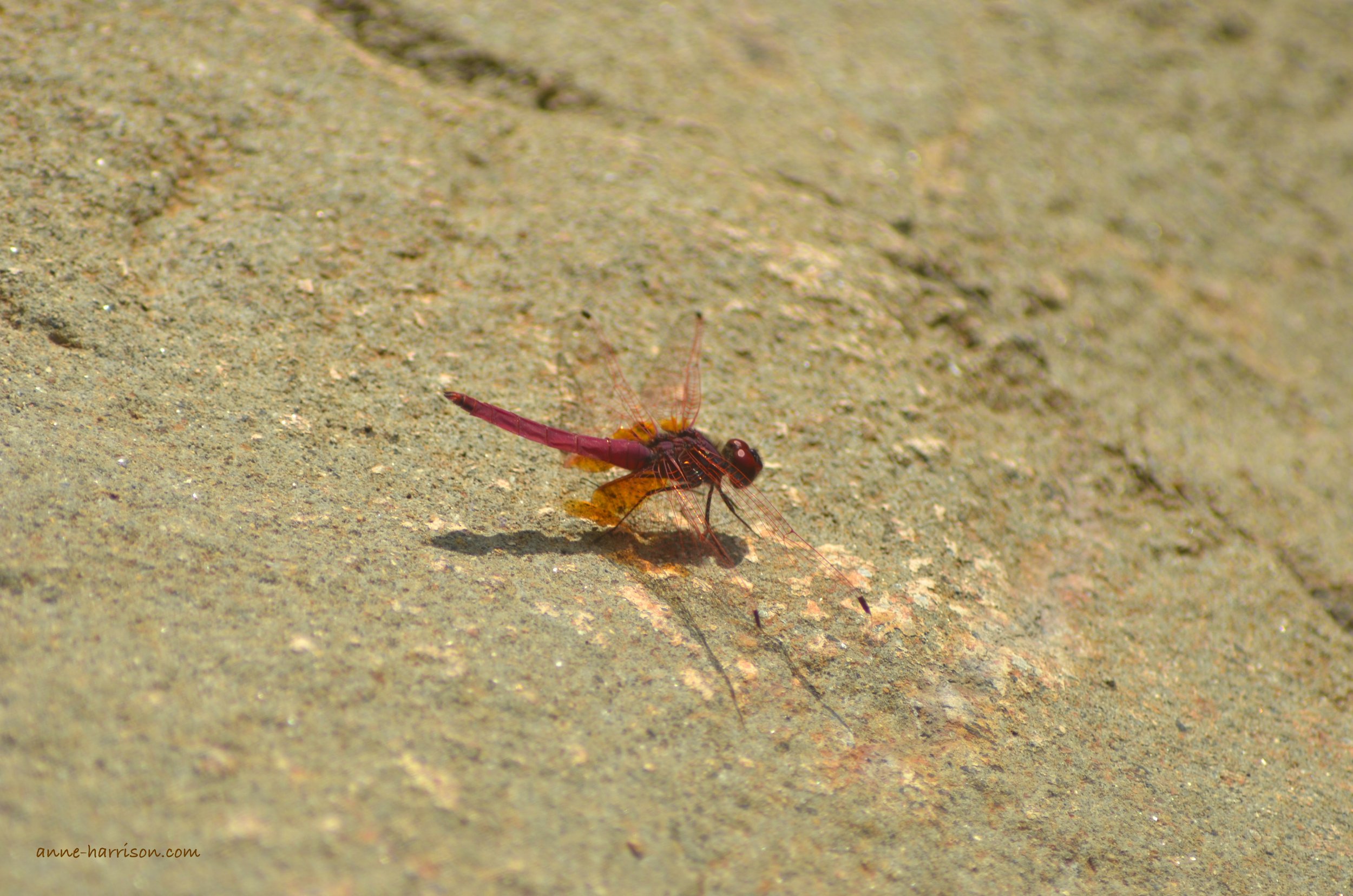Snake Season, Hong Kong and Reading Newspapers
The closest I came to seeing a snake © A. Harrison
Apparently it’s snake season in Hong Kong. So The South China Morning Post informed me as I sat having breakfast.
Despite having found a traditional snake shop hidden away in Central on Hong Kong Island, I've never thought of Hong Kong as a place for snakes. Australia, yes. We have more than our fair share of venomous creatures, and I once sat on a red-belly black when nine months pregnant. (That might one day appear in another story. Spoiler: neither snake, mother nor baby were harmed). As I love to tell overseas visitors, not everything in Australia can kill you – but it wants to. Hong Kong, however, portrays herself as a city of high rises, not snakes.
Which is not actually true. Most of Hong Kong Island is actually bushland. Simply catching a bus over to Stanley, or walking around The Peak, and I pass vast stretches of tree-covered slopes, stretching down to where islands dotting the bay. Often of a morning they are covered in cloud, and steam rises in the humidity.
Whenever I stare over the vast waters with innumerable coves and inlets pirates always spring to mind. As do dragons, those delightful creatures who make such frequent appearances in Chinese art and folklore, and at New Year like to be fed lettuces.
Especially in summer, hiking seems a popular past time in Hong Kong — hence the warning about snakes. I planned on attempting the Dragon’s Back Trail, but the combination of heat, humidity and incline left me floundering as locals strolled by. Apparently I could’ve passed some 55 species of snakes on my wanders, but only 6 of these are potentially lethal. Fortunately, the last recorded death from a snakebite is over 30 years ago (which now makes it last century). Snakes in Hong Kong include cobras — such as the King Cobra and the Chinese Cobra — and the delightfully named white-lipped pit viper. Simply Google what snakes are in Hong Kong and you might never leave your hotel.
The hole in the building is to allow the dragon of the mountain to fly through; view from the trail © A. Harrison
I really only read newspapers these days when travelling. There’s something special about reading the local paper over breakfast. They’re filled with flavoursome titbits which will never make the cut for Internet versions. Such as the warning about the snakes.
Besides, I’ve always had a soft spot for the South China Morning Post. I remember as child seeing the paper slotted into wooden poles for easier reading at the Cat Street Den in the Hilton. The Hilton of my childhood has long been demolished, and it was decades before I realised the original Cat Street (complete with markets) remains — it was not the sort of place my parents would let me explore. So although I have fond memories of lazy afternoons at the Country Club, it wasn’t until I began exploring the world on my own that I began discovering the other faces of those places I was so lucky to visit as a child.
I’m old enough to remember Mrs Peel in the original Avengers reading newspapers in various languages, from Russian to Japanese. For a while, as a young teen struggling impossibly to emulate her, I collected newspapers on my travels. Trying to convince a newspaper seller crouched on the street by the old Star Ferry Terminal that I wanted a Cantonese newspaper was in itself an adventure.
And so, on holidays, I love to simply sit and read a paper over breakfast. How else would I learn to beware of snakes when in Hong Kong?
The Literary Traveller
The Painted Veil, Somerset Maugham
Lift not the painted veil which those who live / Call Life
Shelley, Sonnet
Although Somerset Maugham wrote The Painted Veil in 1925, anyone who visits Hong Kong will immediately recognise the streets and buildings he so loving describes.
Opening in England, the novel follows the spiritual and emotional awaking of Kitty. After making a desperate marriage to the bacteriologist Walter Fane, she accompanies her husband to Hong Kong. Here Kitty enters the world of the expats, and begins an affair with Charles Townsend, the Assistant Colonial Secretary.
Maugham brilliantly captures the dual world of Hong Kong: the wealth of the expats with their homes in Happy Valley, The Midlands and The Peak, with their life of tennis and country clubs and endless parties, as well as the business district of Central. Then there is the Hong Kong of the Chinese, a world removed from the one Kitty inhabits. This becomes more apparent when she accompanies her husband to a cholera infected province of China. At that time, reaching the province takes days of travel, with Kitty often carried by pole-bearers. She never walks.
Cholera was a major killer at the time, and the word Kitty enters is ravaged by the disease. The area is ruled by a War Lord, the land is barren, and the dying are everywhere. The poverty of the peasants is palpable, and it is a group of French nuns who care for the dying. Yet Kitty can also see the beauty of the land, although it harbours so much death, and when she returns to Hong Kong a reluctant heroine, she realises how shallow she was in accepting that Expat world.
Enjoy my writing? Please subscribe here to follow my blog. Or perhaps you’d like to buy me a coffee? (Or a pony?)
If you like my photos please click either here or on the link in my header to buy (or simply browse) my photos. Or else, please click here to buy either my poetry or novel ebooks. I even have a YouTube channel. Thank you!
Plus, this post contains affiliate links, from which I (potentially) earn a small commission.







